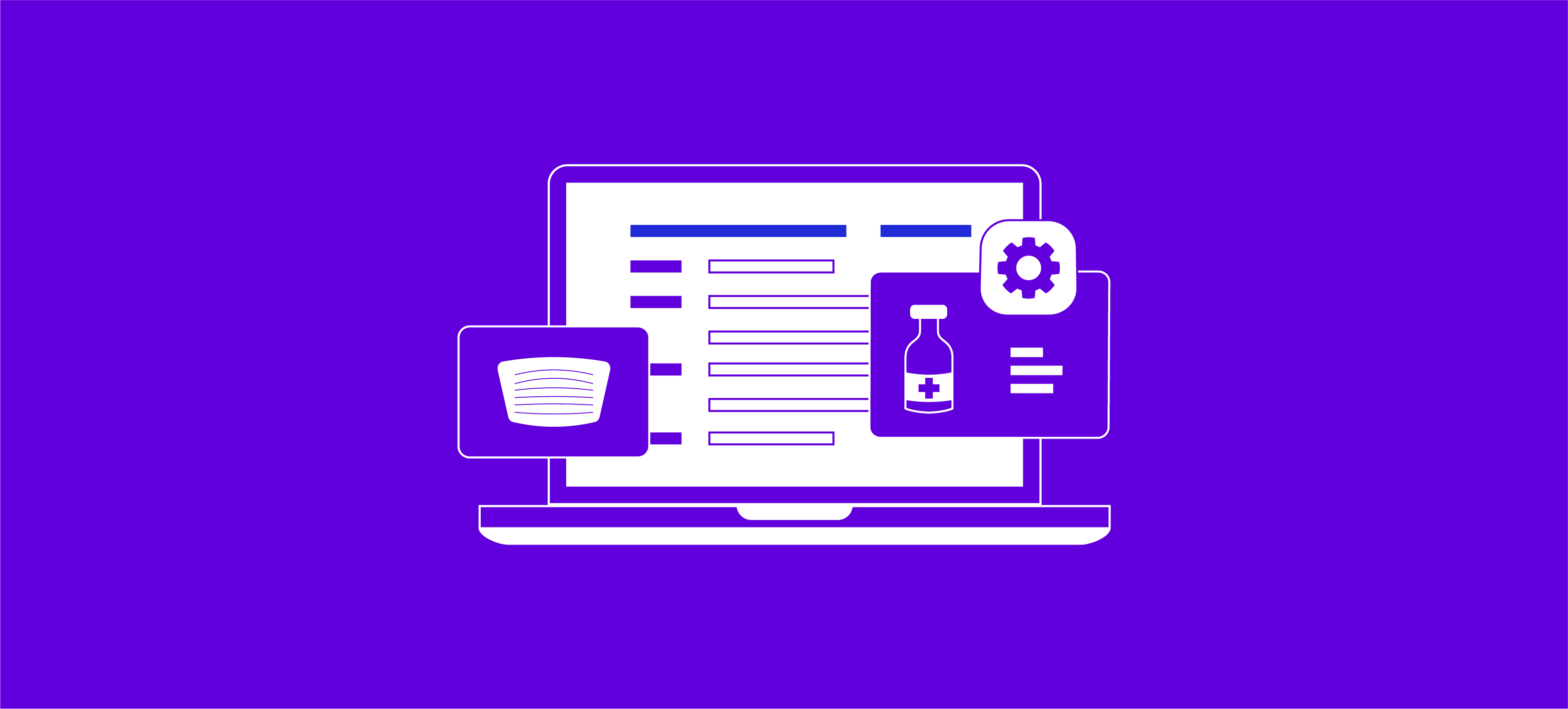Celebrate Healthcare’s Silent Heroes

Historically, healthcare supply chain leaders’ have worked behind the scenes, silently ensuring that those on the front line have what they need to do their jobs within the walls of the hospital. In fact, to many supply chain leaders, a noiseless supply chain is a sign of success. If everything is working as planned, those who depend on supply chain don’t have to give a second thought to how they obtained the materials they need for their work. You might even say their superpower is to ensure silence.
But 2020 has been a deafening year for supply chain, largely due to the COVID-19 pandemic. First, shortages of PPE and COVID-19 testing kits caused an uproar. Then, abrupt pauses on elective procedures forced supply chain leaders to reassess what was previously predictable demand for supplies. Now, supply chain leaders are actively helping their organizations find their way to a new normal where volume levels are expected to fluctuate.
While silence has been a goal of the past, it’s important to recognize that supply chain leaders across the country have quieted the noise around disruptions and, in many cases, the supply chain is now operating more like a whisper. You might be able to hear it, but it’s no longer causing chaos.
Association for Health Care Resource & Materials Management (AHRMM) aptly designated the theme of this year’s National Health Care Supply Chain Week as Health Care Supply Chain Heroes. The symplr® team is honored to have the opportunity to recognize them during this annual celebration. In a year where they faced their most epic battles, here are the skills that make them our heroes.
They solve complex problems
In 2020, supply chain leaders had to rethink their sourcing strategies entirely when a shortage of PPE became an issue of safety and concern in the wake of COVID-19. To protect those serving on the front line, these leaders creatively and strategically sought new suppliers for PPE. They also focused efforts on ensuring their hospital had supplies needed to care for COVID-19 patients. While the challenges of 2020 are unique, supply chain leaders have honed their problem-solving abilities over years of work managing intricate supply chain needs.
They have excellent communication skills
Supply chain offices do a lot more than order supplies. In a typical year, they manage many relationships that bridge the gap between purchasing, contracting, providers, vendors, and others! They are one of the few departments that communicates with every other area in an organization, both clinical and non-clinical. And their connectivity has paid off amid the challenges of 2020, when communication has been the key to keeping staff and patients safe.
They ensure health dollars are spent wisely
More than ever, supply chain professionals play a critical role in a facility’s overall financial health; in a turbulent year that’s been far less predictable than prior years, supply chain leaders are laser-focused on their supply spend to control the healthcare costs that can be contained.
They work diligently to deliver the highest quality care with minimal waste and best value for the organization. Their continuous monitoring of supplies, strict adherence to budgets, and savvy investigation of cost-savings means supply chain professionals play a crucial role in the overall financial success of their organizations.
They are incredibly organized
In addition to working within several different software systems and platforms, supply chain leaders interact with staff and vendors about a mind-boggling array of issues. Many of those issues require documentation and massive amounts of data to keep track of progress.
Patient care and safety are top priorities
Supply chain leaders’ daily duties affect patient care in many ways. Working side-by-side with clinicians using critical supplies for patient care, they help evaluate all types of purchases. They facilitate important connections between vendors and providers, creating policies that reinforce their facility’s commitment to patient safety.
Vendor management encompasses more than deciding what type of bandage a hospital should purchase. Many supply chain leaders manage vendor entry to facilities, which can include after-hours access to deliver life-saving equipment or supplies. They also ensure all products brought into the hospital, as well as the vendors that represent them, are compliant with hospital policies and procedures. That calls for a lot of “digital paperwork!”
They safeguard their organizations
There are legal, financial, and compliance ramifications of supply chain decisions. The modern supply chain leader is mindful of federal and state laws, as well as healthcare industry and individual facility requirements for supplies and vendors. Additionally, they ensure the continued health and safety of patients by developing supply contingency plans to ensure no disruptions occur in the event of shortages or disasters, as we’ve experienced during the COVID-19 pandemic.
With responsibilities that touch so many areas, it’s hard to imagine how healthcare organizations would function without the oversight of dedicated supply chain professionals. We sincerely thank them for being healthcare heroes, ensuring the overall health and safety of providers, staff, patients, and the communities they serve.